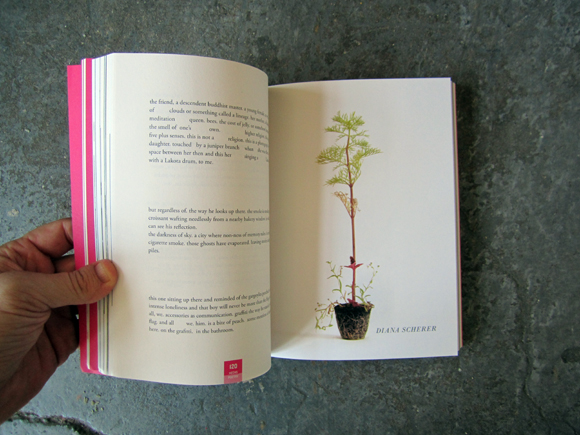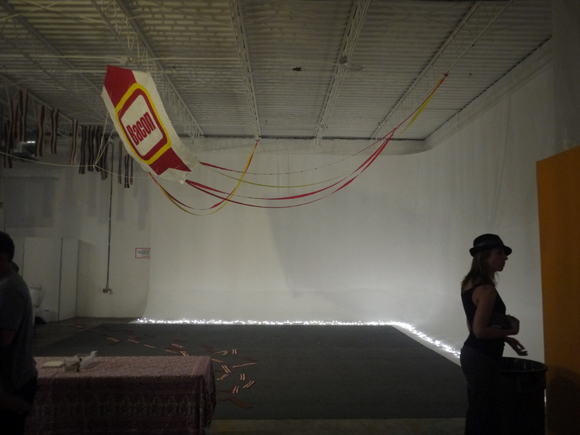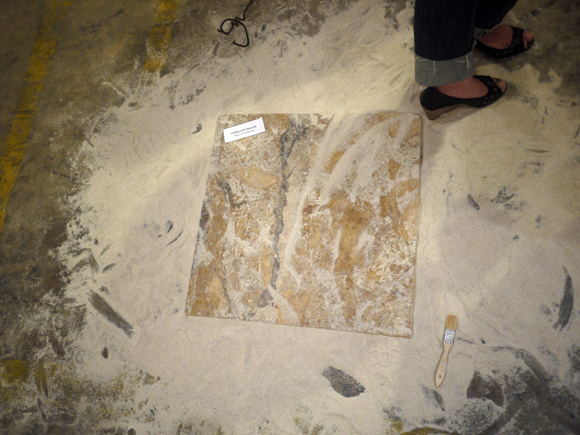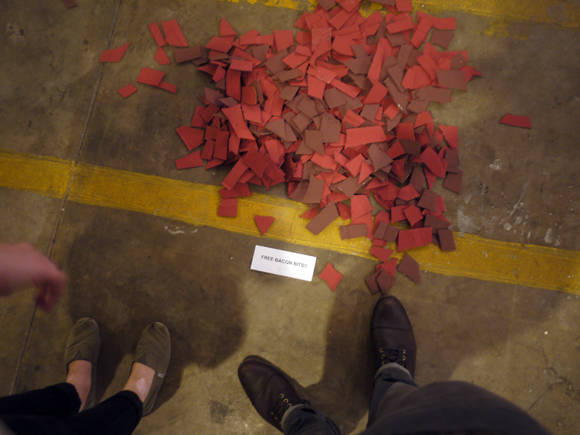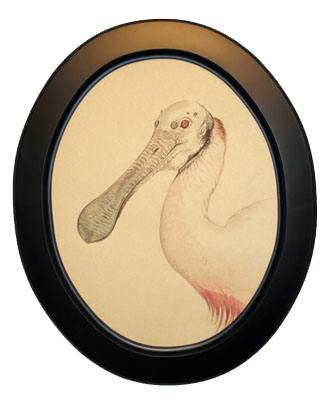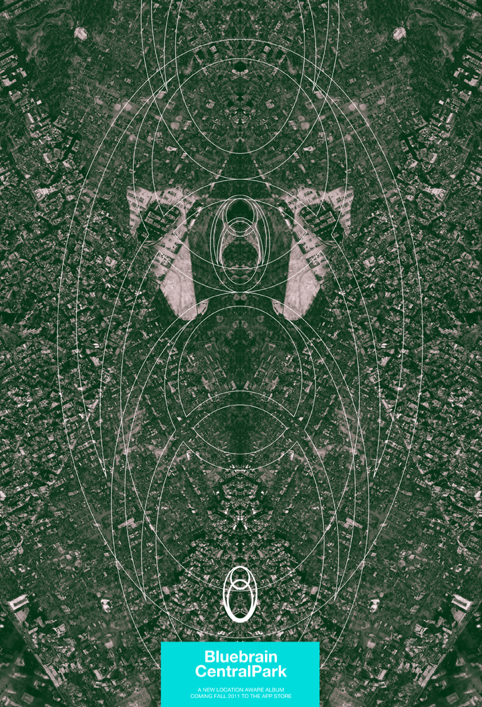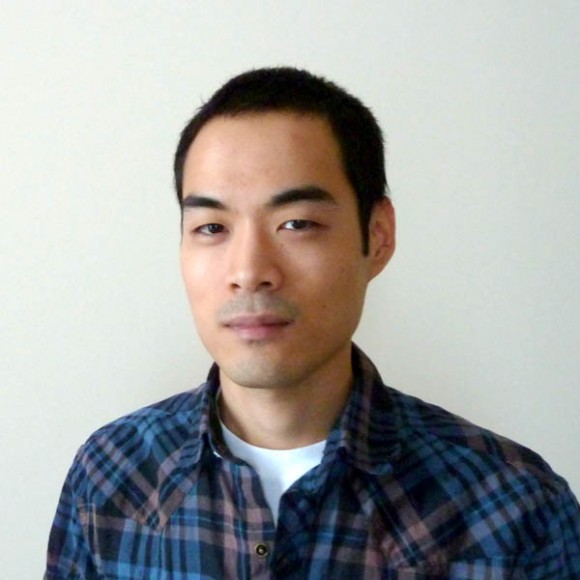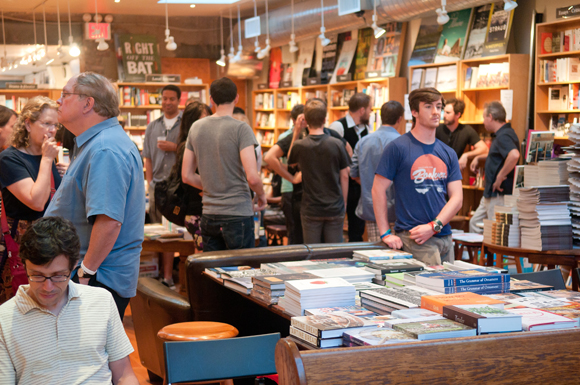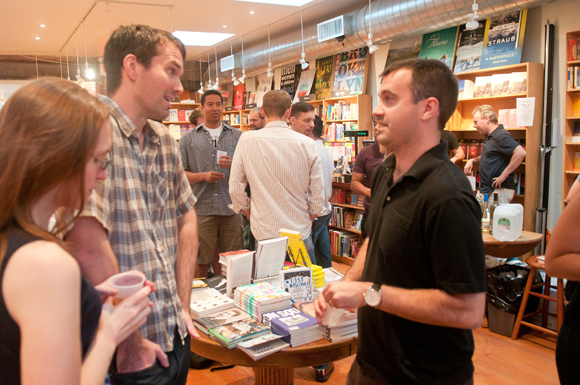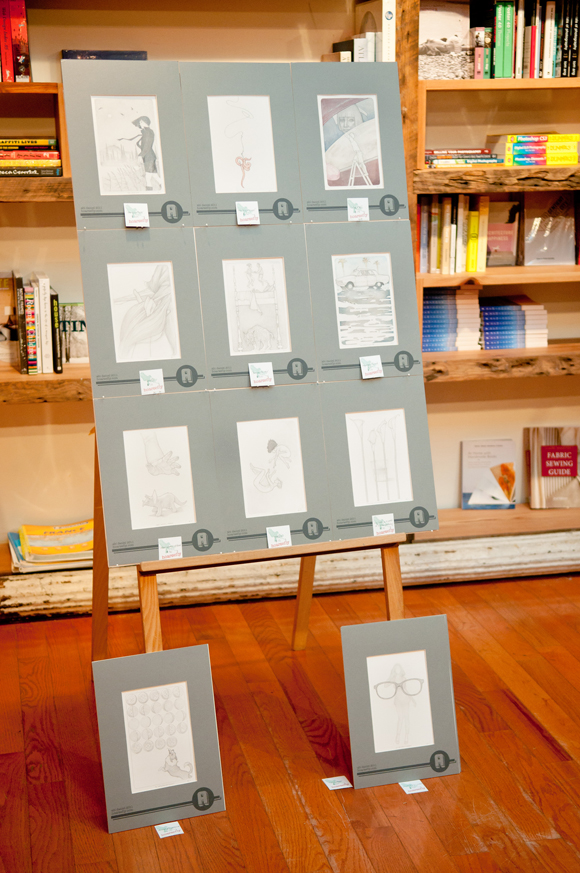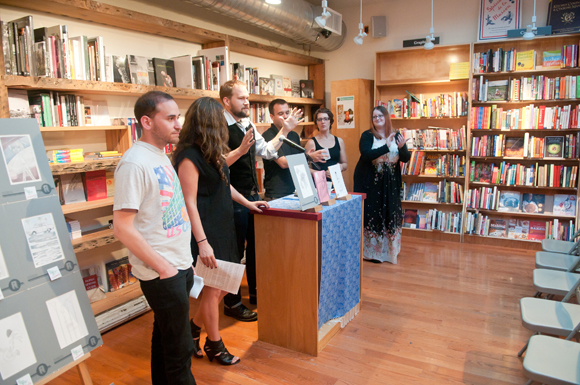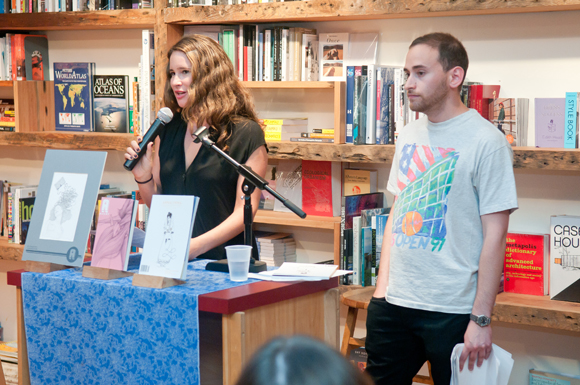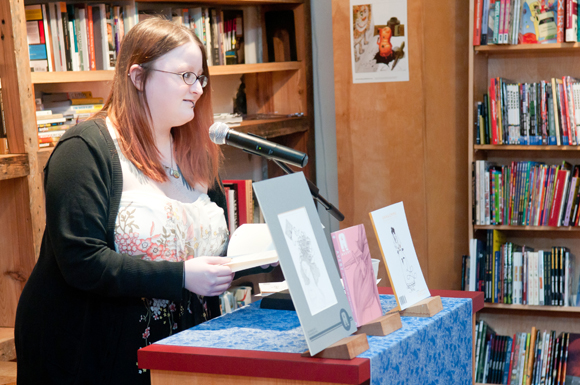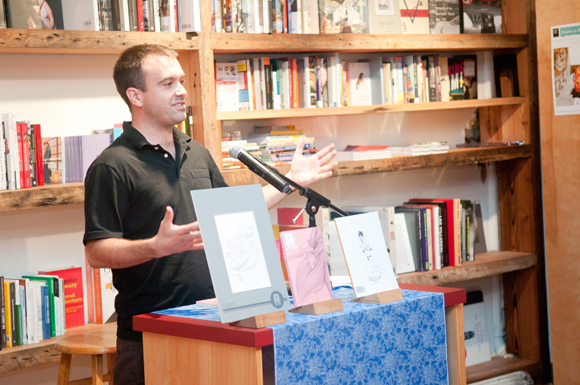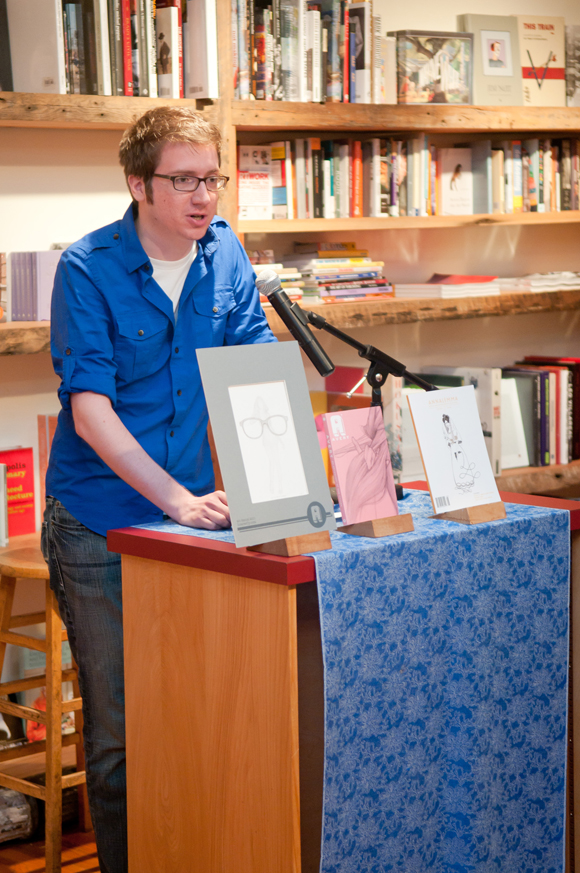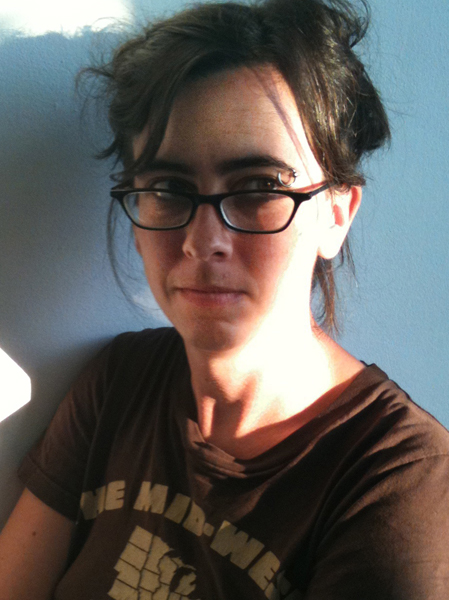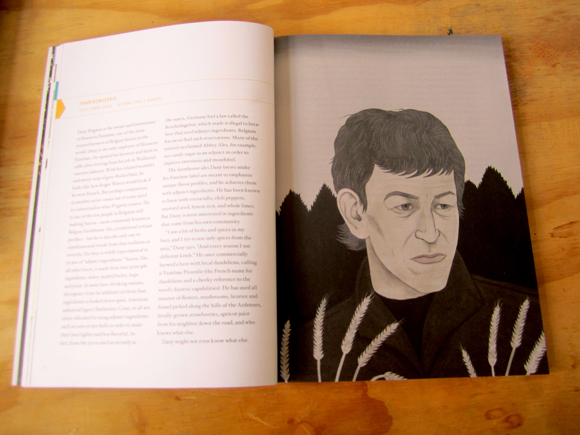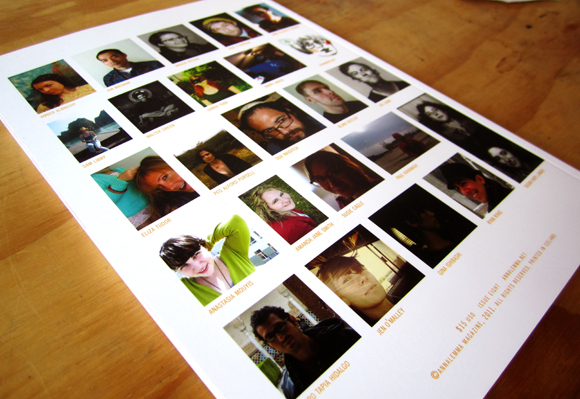If you’re looking for a new lit mag that will stoke the fires of your brain check out Cousin Corinne’s Reminder.
It’s a powerhouse of a lit mag, serving up everything you might possibly be interested in, from big names like Jhumpa Lahiri, Nick Flynn and Jonathan Lethem to internet superstars like Emma Straub and Rachel Glaser.
Not to mention the visual quality is fantastic, a commendable effort of the idea of the book as an artifact, something to be treasured: full color, superb attention to design and layout, and extensive coverage of contemporary fine artists and photographers.
And they have comics! The whole idea feels like a throwback to an arts almanac, a big ass book with plenty of information and stimulation to tide you over for a long winter on the farm. Click on over to their site to check them out, I heard they just reduced their prices, take advantage!














